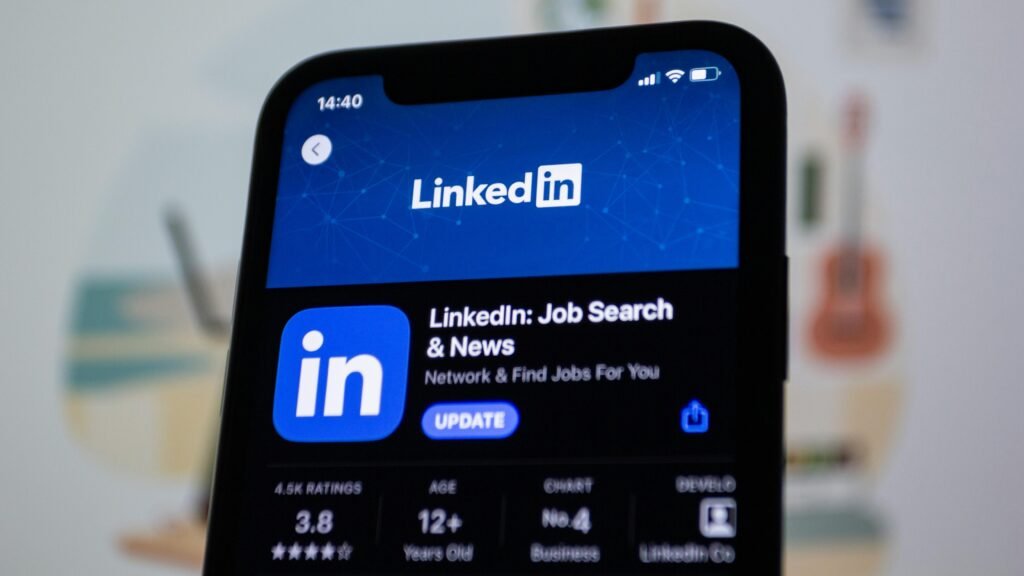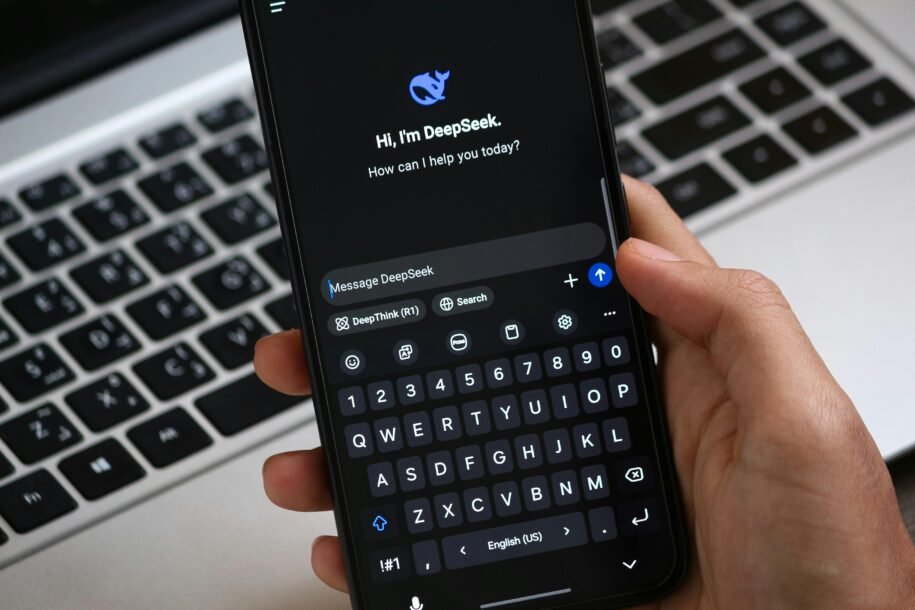Not long ago, artificial intelligence felt like a buzzword—a concept tied to the future. But today, it’s woven into the everyday workings of modern B2B marketing. As teams face tighter budgets and rising expectations, AI has shifted from a “nice to have” into a practical, performance-driven necessity.
Whether you’re running LinkedIn organic campaigns, Meta ads, or cold email outreach, AI can help you not only do more but do it smarter. Here’s how B2B marketers are tapping into AI to automate tasks, hyper-personalize outreach, and optimize for better results—without losing the human touch.
The Role of AI in B2B Marketing Today
Today’s B2B landscape is shaped by efficiency and precision. Marketing teams are being asked to generate more leads with fewer resources. AI fills that gap—taking over repetitive, manual work while offering data-backed insights that enhance strategy and execution.
Let’s break down what that looks like in practice.
Smarter Automation for Lead Gen
Think back a few years: cold email lists were static, follow-ups were manual, and CRM updates often got skipped. Now, AI can handle much of this behind the scenes.
For example, AI tools can:
- Score leads automatically based on behavioral signals (like website visits or email opens)
- Adjust cold email sequences in real-time based on reply behavior
- Suggest optimal send times for outreach
- Auto-update CRM entries and flag missed follow-ups
This means sales teams spend less time chasing low-quality leads and more time nurturing the ones with real potential. It also ensures no lead slips through the cracks—making AI a silent but powerful partner in lead generation.
Personalization at Scale
Generic messaging is officially obsolete. AI allows marketers to deliver experiences so tailored, they feel handcrafted—even when they’re not.
Across LinkedIn, Meta, and email, AI can dynamically change:
- Ad copy based on user behavior
- Email subject lines based on engagement history
- Content based on stage in the buyer journey
Even chatbots have leveled up. Instead of offering a simple “How can I help?” AI-driven chat experiences now respond to user intent—like returning visitors to a pricing page receiving tailored info about ROI or customer use cases.
On your website, AI can adapt content based on industry, persona, or past interactions. So while one visitor sees case studies tailored to marketing, another might see results focused on sales outcomes—without you lifting a finger.
This kind of hyper-personalization isn’t just about looking good. It increases relevance, builds trust, and shortens the path to conversion.
Predictive Analytics: Acting Before the Buyer Does
One of the most valuable aspects of AI is its predictive power. Instead of waiting for prospects to raise their hands, AI helps you identify buying intent before it’s obvious.
By analyzing patterns across engagement, email behavior, ad clicks, and content consumption, AI can signal which accounts are warming up—even if they haven’t filled out a form yet.
Imagine being able to:
- Prioritize leads based on likelihood to convert
- Identify when a prospect’s interest spikes
- Recommend the perfect time to follow up
For marketers and sales teams alike, this kind of foresight gives a real edge. You can allocate resources more efficiently and reach out before competitors even know there’s a deal on the table.
Creating Content, Faster and Smarter
AI is also reshaping how content gets made. From cold email drafts to social post suggestions, AI tools can jumpstart the creative process.
Marketers are using AI to:
- Generate outlines or full drafts
- Optimize messaging for SEO or readability
- Repurpose long-form content into bite-sized assets
But here’s the key: AI isn’t replacing creativity. It’s accelerating it.
While AI might give you the bones of a cold email or ad copy, your expertise adds the nuance—industry context, tone, and emotional insight that actually converts. When combined well, you get high-quality output, faster.
Performance Optimization in Real Time
AI doesn’t stop at creation—it also helps you refine and optimize based on what’s working.
For example, in Meta campaigns, AI can:
- Automatically shift budget toward top-performing ads
- Test copy variants without manual setup
- Identify audience segments that convert better
In LinkedIn campaigns, AI tools can recommend content formats and messaging angles based on your audience’s engagement trends.
And in cold email, AI can monitor reply rates, unsubscribes, and bounce data, adjusting your send cadence or message timing for better inbox placement.
This kind of real-time feedback loop means your campaigns get smarter over time—with minimal intervention.

A New Era of B2B Marketing
B2B marketing is no longer about who can shout the loudest. It’s about who can deliver the right message, to the right person, at the right moment. AI makes that possible—while allowing marketers to focus on strategy, creativity, and connection.
Used well, AI isn’t a shortcut—it’s an amplifier. It helps you get more from every email, ad, and conversation. And in a world where attention is fleeting and resources are tight, that’s not just helpful—it’s essential.


Leave a Reply